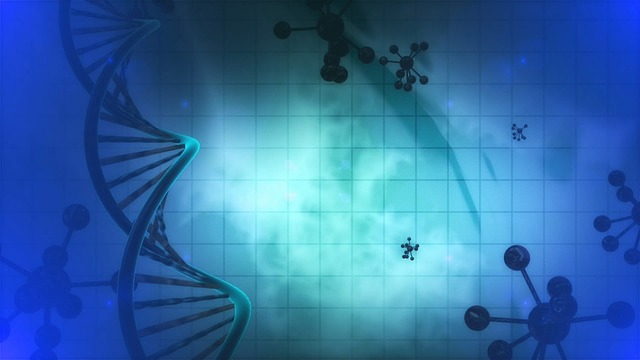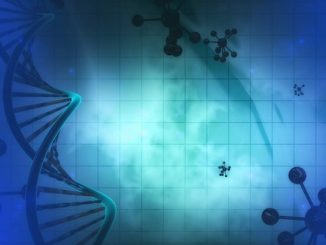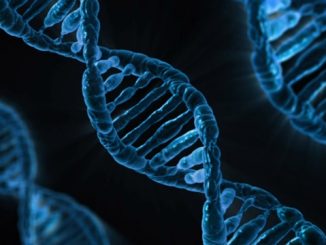
Out with the old, in with the new. It’s a common approach used to breathe new life, or at least rejuvenate something. And for the past few years, many scientists seemed to follow the same logic to deal with aging, specifically, reversing or slowing down the process of aging.
Of the numerous studies done, one of the most notable experiments involved what is known as heterochronic parabiosis — the surgical conjoining of young and old animals for the purpose of blood swapping. Although this enabled scientists to observe the effects of the interchanged blood, the results can hardly be considered conclusive because being conjoined means that the animals, in this case, the mice, do not just share the same blood supply, their organs get affected too. What happened then was: the younger mouse gets negatively affected by the older mouse’s older and more deteriorated organs while the older mouse gets to benefit from the younger mouse’s youthful and healthier organs.
And so a different version of the experiment was done. Based on the report published in Nature Communications, instead of surgical conjoining, swapping of blood from the young mouse to the old mouse and vice-versa was done in a non-invasive way, through computer-controlled tubes. The results were similar with the previous method. The older mouse seemed to benefit from the young blood infused into it, while the younger mouse got the worse end of it. What’s different is the new theory that emerged.
According to the researchers from University of California Berkeley — those who did the tests — the anti-aging effects resulted from the dilution of the old blood (as it got mixed with the youthful blood), not the infusion of the young blood per se. They’re saying that it has to do with the proteins in our blood.
It seems that as one gets older, some of the proteins begin to deviate from what their required amounts should be. Some may become too many, while others become too few. If a way to adjust the proteins to their optimal amount and concentration can be figured out – that includes the complete removal of certain protein inhibitors in the blood — it might be the key to better combat the aging process.
Right now, the Berkeley team, led by Irina Conboy, is working on a protein-filtering device. Ideally, the device should be able to identify which protein cells in blood from an older person are present in abnormally high levels, then reset or reduce the amount to normal, ‘more youthful’ levels.
The team is hoping to start with clinical trials (on humans) in 6 months, and have results in 3 years. If successful, we can probably start looking forward to the prospect of getting older, but still remain productive and physically able even well into our senior years.
- Bulenox: Get 45% to 91% OFF ... Use Discount Code: UNO
- Risk Our Money Not Yours | Get 50% to 90% OFF ... Use Discount Code: MMBVBKSM
Disclaimer: This page contains affiliate links. If you choose to make a purchase after clicking a link, we may receive a commission at no additional cost to you. Thank you for your support!




Leave a Reply